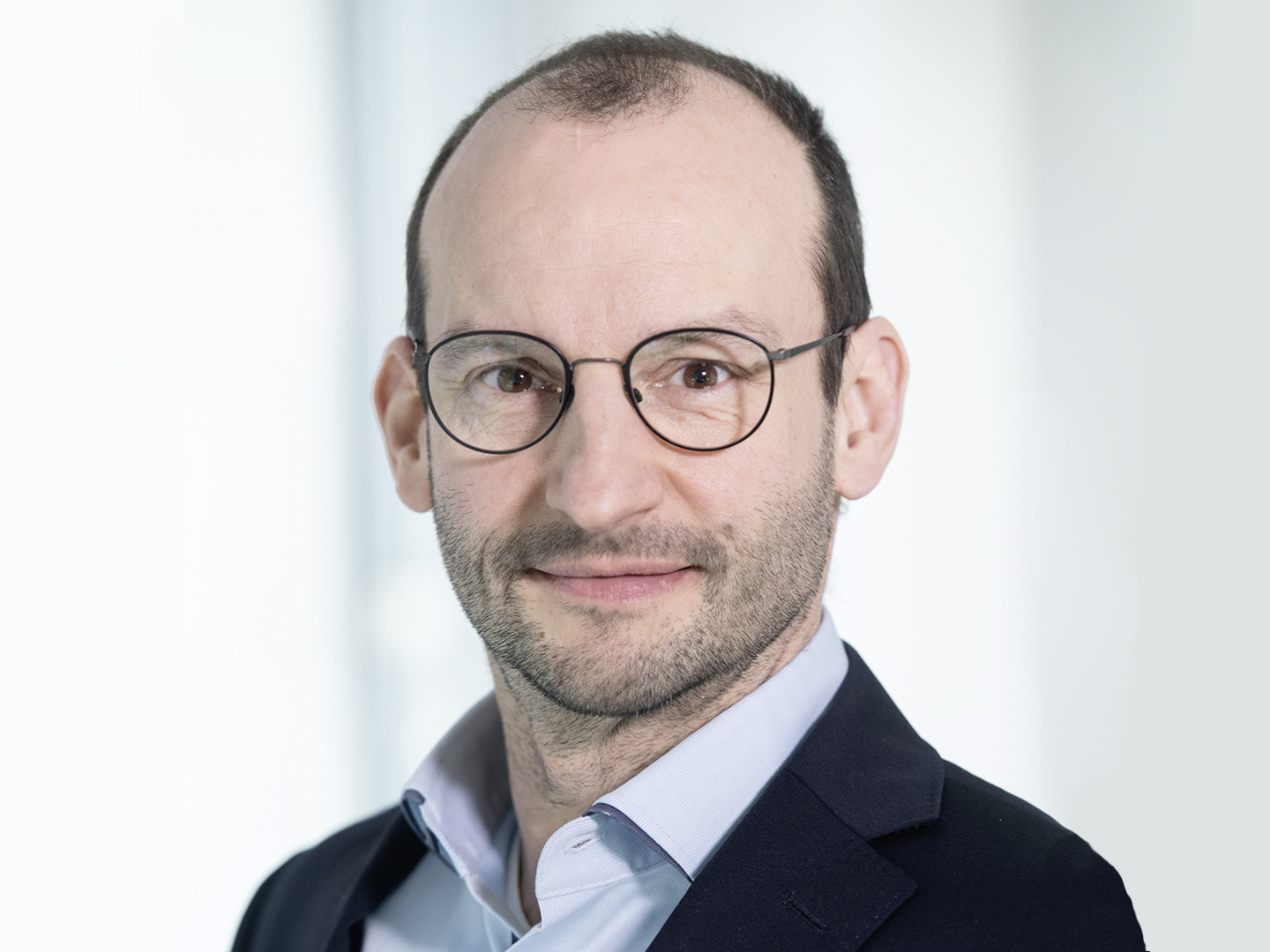… Prof. Kai Leonhard from RWTH Aachen
Interview of 15.03.2023

You are subproject lead for scientific work in the L-V subproject. What has been achieved so far in this area within the Carbon2Chem® research project?
Kai Leonhard: From my point of view, the progress in creating quantitative reaction models for the phosgenation reactions is impressive. These models give us an increased understanding of the corresponding industrial processes and can reveal their potential for optimization. Particularly for the components we encounter which can only be analyzed with a great deal of experimental effort, quantum mechanical methods offer great potential to at least reduce the amount of experimental work involved.
What were the biggest challenges?
Kai Leonhard: Since, in addition to direct phosgenation, phosgenation in the solvent also became increasingly relevant over the course of the project and various catalysts had to be considered, the relevant reaction mechanisms became so large that conventional computational chemistry methods could no longer be used to compute them. This further increased the already existing need for automated methods for creating mechanisms.
What have been the highlights?
Kai Leonhard: We have made very good progress in developing these automated methods over the past two to three years, which led to our latest publication from the Carbon2Chem® project being selected for a cover story in ChemPhysChem1.
What are the next steps?
Kai Leonhard: Next, we want to apply our new knowledge and methods to understand what happens to trace impurities from metallurgical gases in the phosgenation step and what effect these substances have on the product quality.
1 Note: ChemPhysChem is a fortnightly peer-reviewed scientific journal published by Wiley-VCH on behalf of Chemistry Europe. It was founded in 2000 and covers all aspects of chemical physics and physical chemistry.
 Fraunhofer Institute for Environmental, Safety and Energy Technology UMSICHT
Fraunhofer Institute for Environmental, Safety and Energy Technology UMSICHT